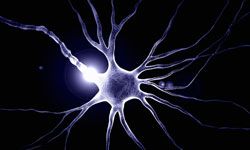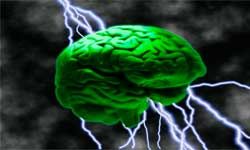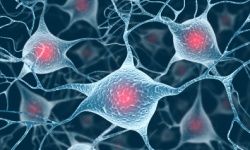Fahr's Disease is a rare degenerative neurological disorder characterized by the presence of abnormal calcium deposits (calcifications) and associated cell loss in certain areas of the brain (e.g., basal ganglia). The condition is often referred to as idiopathic basal ganglia calcification or IBGC because there is no apparent explanation for such calcification in these brain regions (idiopathic). Associated symptoms include progressive deterioration of cognitive abilities (dementia) and loss of acquired motor skills. As the condition progresses, paralysis may develop that is associated with increased muscle stiffness (rigidity) and restricted movements (spastic paralysis). Additional abnormalities may include relatively slow, involuntary, continual writhing movements (athetosis) or chorea, a related condition characterized by irregular, rapid, jerky movements. In some affected individuals, there may also be gradual deterioration of the nerve fibers that transmit impulses from the retinas to the brain (optic atrophy), a condition associated with partial or near complete visual impairment.
According to reports in the medical literature, Fahr's Disease is often familial. Familial Fahr's Disease may be transmitted as an autosomal recessive trait or, in other affected families (kindreds), may have autosomal dominant inheritance. In other instances, the condition appears to occur randomly for unknown reasons (sporadically). Some experts suggest that the condition may sometimes result from an unidentified infection during pregnancy affecting the developing fetus (intrauterine infection).





